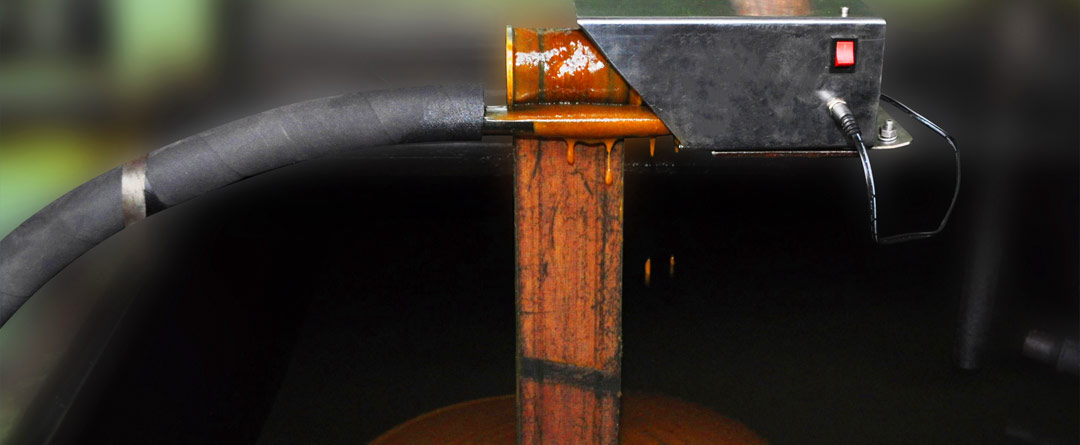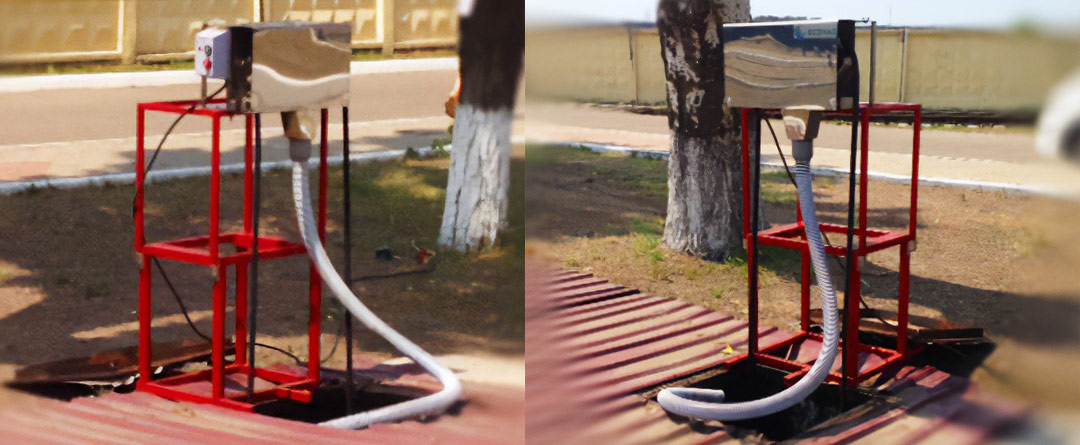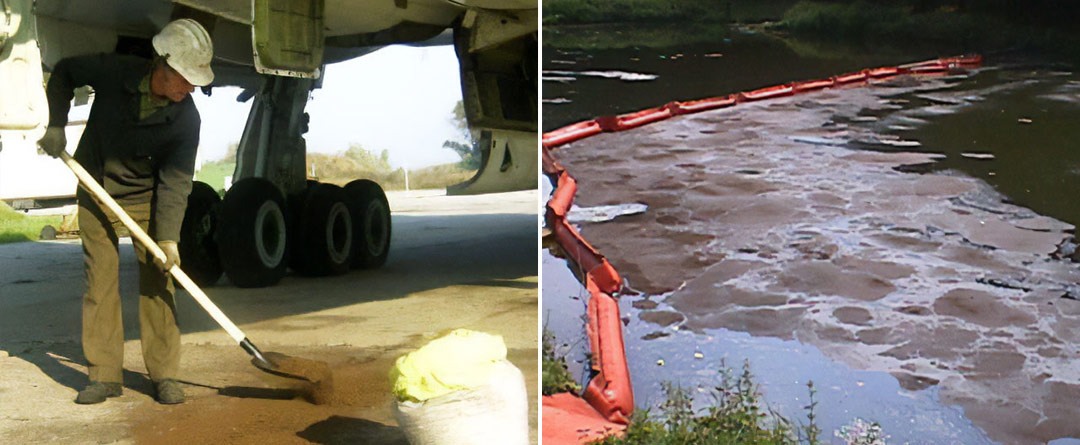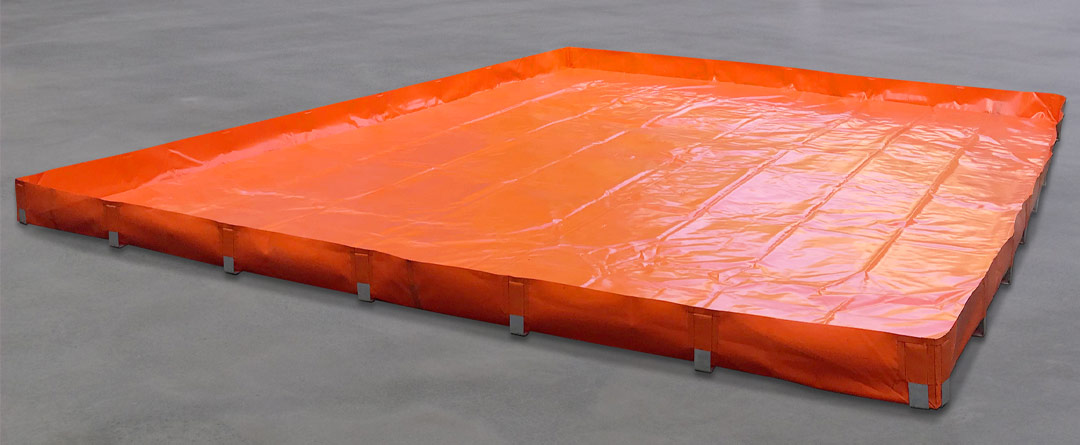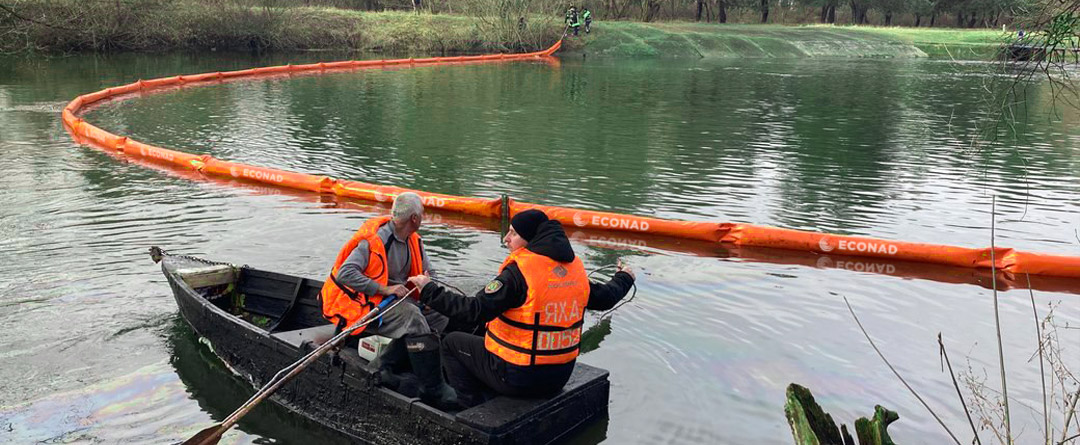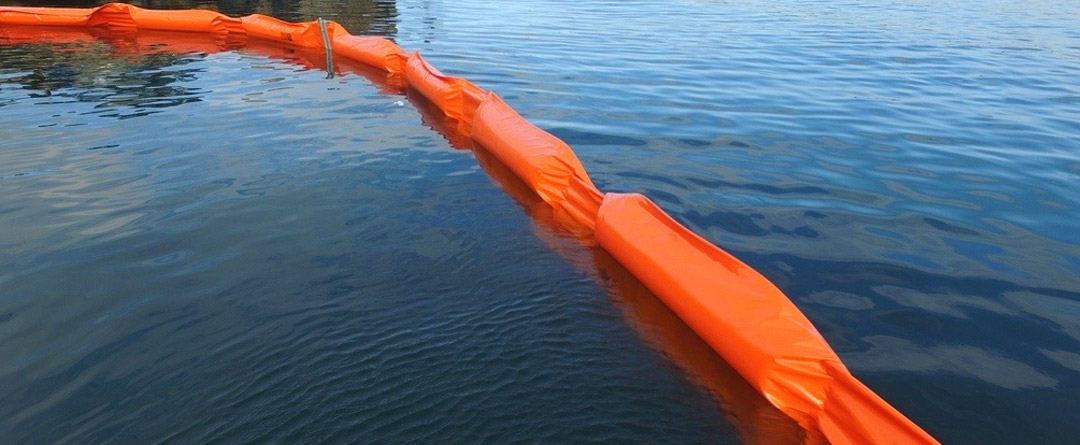Oil Absorbent Booms: Your First Line of Defense Against Spills
Oil spills pose significant environmental and financial risks to businesses of all sizes. Whether a small leak from machinery or a larger incident, effectively managing spills is critical. A fundamental tool in effective oil spill cleanup is the oil absorbent boom. These essential items are designed to contain and absorb oil spills, preventing them from...


